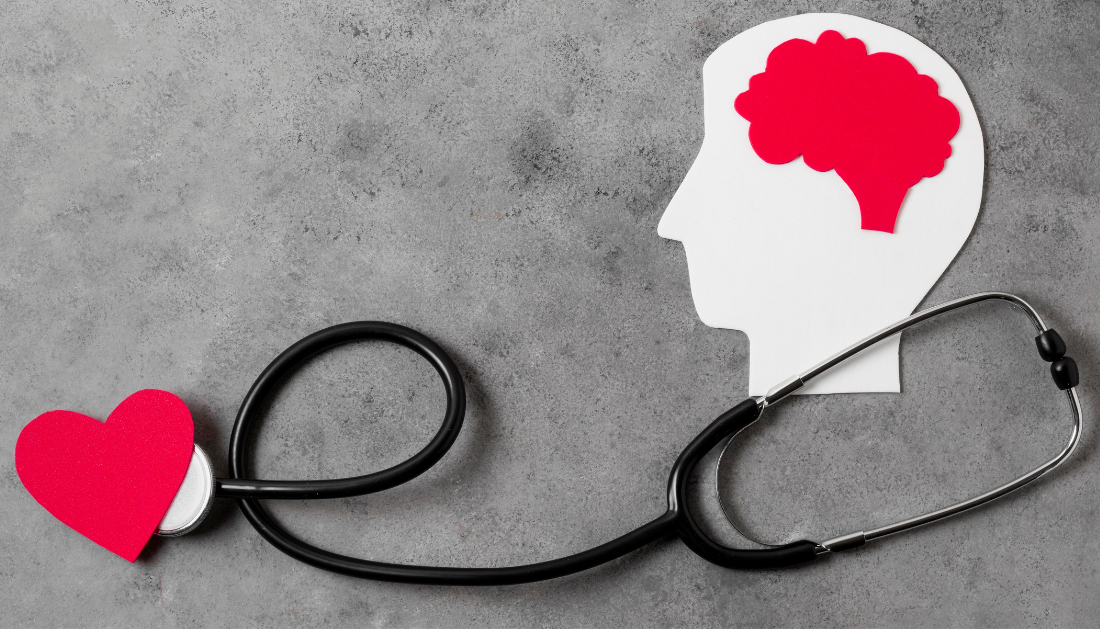

“Our goal was to figure out how to harness TMS treatment more effectively, get the dosing right, by selectively slowing down the heart rate and identifying the individual best spot to stimulate on the brain,” cited senior author Shan Siddiqi, MD, of the Center for Brain Circuit Therapeutics and Brigham’s Department of Psychiatry. According to Siddiqi, the concept came about as a result of Dutch researchers presenting heart-brain coupling results at a conference in Croatia.
“They showed that not only can TMS transiently lower the heart rate, but it matters where you stimulate,” Shan Siddiqi, MD, senior author of the study from the Center for Brain Circuit Therapeutics and the Brigham’s Department of Psychiatry, stated. According to Siddiqi, the concept originated at a symposium in Croatia when academics from the Netherlands were showcasing their heart-brain connection findings.
“They showed that not only can TMS transiently lower the heart rate, but it matters where you stimulate,” The possibility of making this precision-focused treatment for depression more accessible to the rest of the globe is what excites Siddiqi the most about the study, he continued.
“We have so many things we can do with advanced technology available here in Boston to help people with their symptoms,” he said. “But some of those things couldn’t easily get to the rest of the world before.”
“We wanted to see if there would be mostly heart-brain coupling in the connected areas,” Dijkstra said. “For 12 out of 14 usable data sets, we found we would have a very high accuracy of defining an area that is connected by just measuring heart rate during brain stimulation.”
According to Dijkstra, the discovery may aid in the customization of TMS therapy for the treatment of depression by identifying a specific treatment location on the brain and facilitating its accessibility as an MRI would not be required before treatment.
According to Siddiqi, the results of this study could also be utilized in the development of therapies that emergency physicians and cardiologists would find helpful in the future.
The study’s small sample size and the fact that not every region of the brain was stimulated are two of its limitations.
Finding the areas of the brain to activate to improve the consistency of heart rate fluctuations will be the team’s next task.
For more information: Probing prefrontal-sgACC connectivity using TMS-induced heart-brain coupling, Nature Mental Health, https://doi.org/10.1038/s44220-024-00248-8
more recommended stories
 New Blood Cancer Model Unveils Drug Resistance
New Blood Cancer Model Unveils Drug ResistanceNew Lab Model Reveals Gene Mutation.
 Healthy Habits Slash Diverticulitis Risk in Half: Clinical Insights
Healthy Habits Slash Diverticulitis Risk in Half: Clinical InsightsHealthy Habits Slash Diverticulitis Risk in.
 Caffeine and SIDS: A New Prevention Theory
Caffeine and SIDS: A New Prevention TheoryFor the first time in decades,.
 Microbial Metabolites Reveal Health Insights
Microbial Metabolites Reveal Health InsightsThe human body is not just.
 Reelin and Cocaine Addiction: A Breakthrough Study
Reelin and Cocaine Addiction: A Breakthrough StudyA groundbreaking study from the University.
 Preeclampsia and Stroke Risk: Long-Term Effects
Preeclampsia and Stroke Risk: Long-Term EffectsPreeclampsia (PE) – a hypertensive disorder.
 Statins and Depression: No Added Benefit
Statins and Depression: No Added BenefitWhat Are Statins Used For? Statins.
 Azithromycin Resistance Rises After Mass Treatment
Azithromycin Resistance Rises After Mass TreatmentMass drug administration (MDA) of azithromycin.
 Generative AI in Health Campaigns: A Game-Changer
Generative AI in Health Campaigns: A Game-ChangerMass media campaigns have long been.
 Molecular Stress in Aging Neurons Explained
Molecular Stress in Aging Neurons ExplainedAs the population ages, scientists are.

Leave a Comment